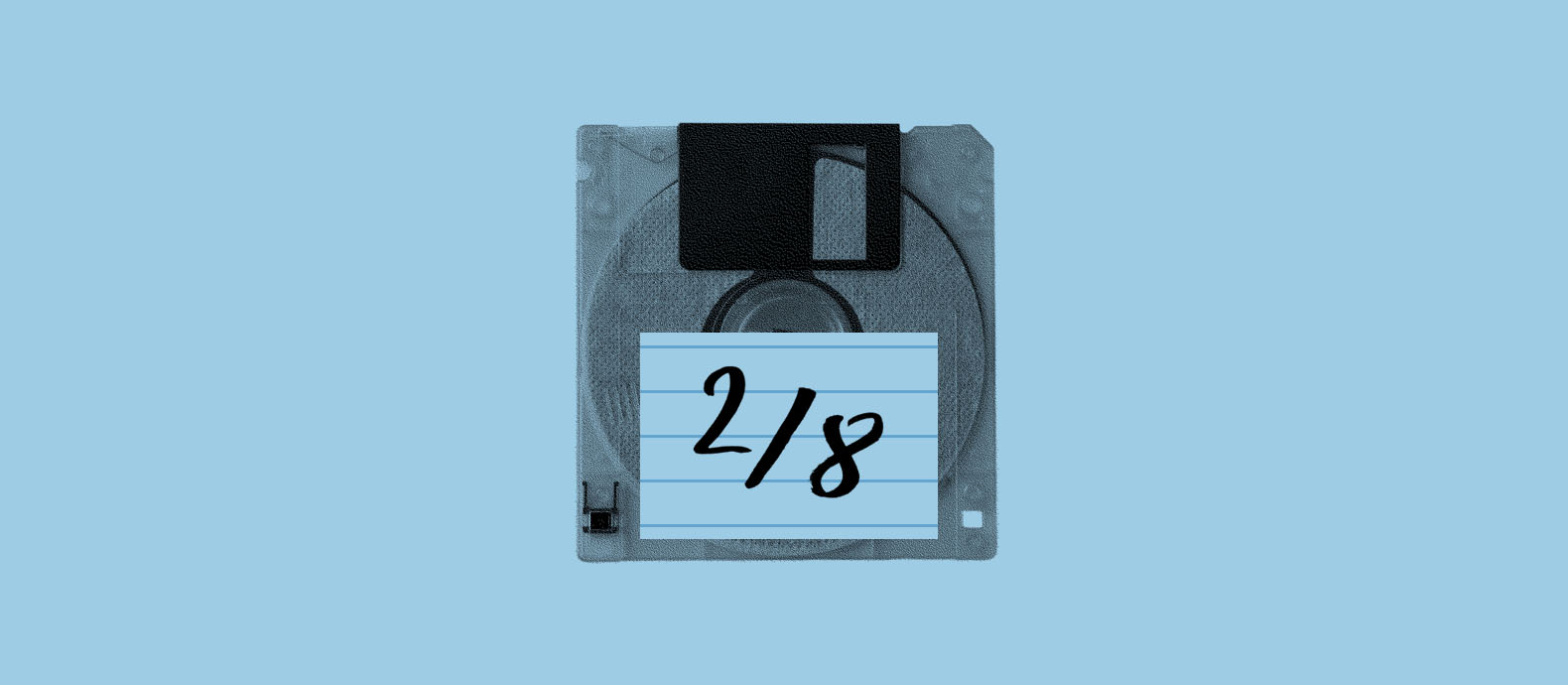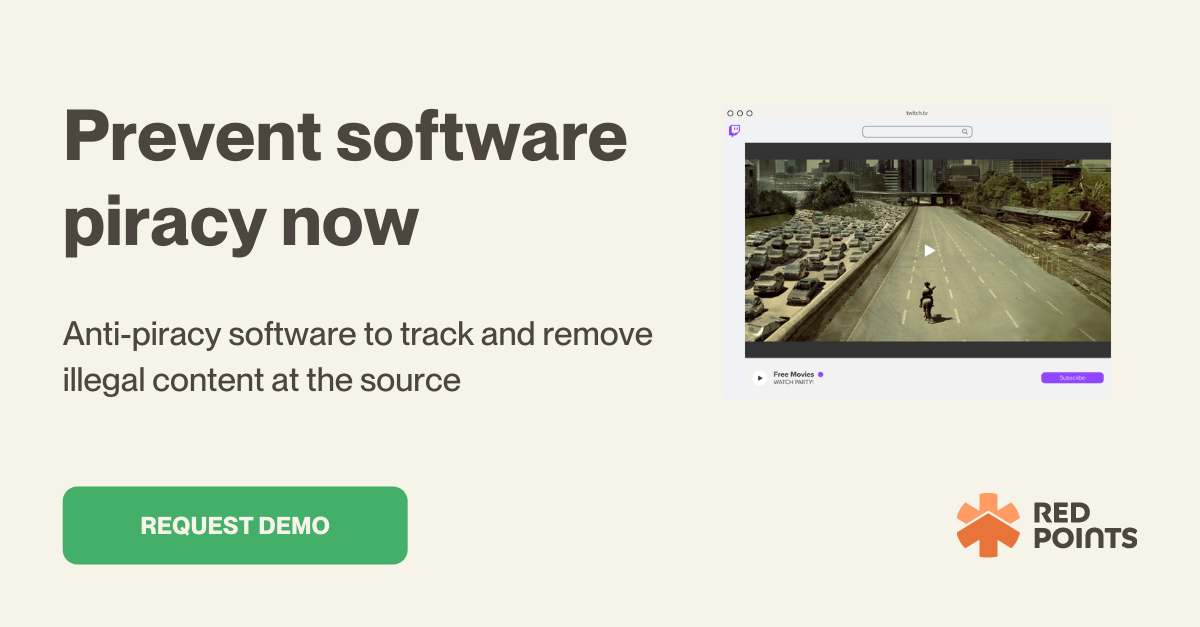
Table of Contents:
Last updated on: May 26, 2023
Programming and software development is difficult and often time-consuming work. So, what can you do if someone has stolen your software, code, or any related intellectual property that you’ve spent hours, if not months, developing? What are your legal options? Are you even protected by the law?
In this guide, we will discuss everything that you need to know about software copyright infringement and what your options are when someone steals your code.
By the end of this guide, you’d have learned about:
And more.
Without further ado, let us begin this guide right away.
The short answer is yes, software and codes can be protected by copyright.
Copyright, by definition, protects the ownership of fixed, tangible mediums that express ideas, systems, methods of operations, or facts that can be reproduced.
Programming codes do fit this description.
However, historically software and computer programs were not perceived as tangible objects, so they were not protected by copyrights. Only in 1974 that traditional copyright laws start including machine-readable software, and by 1983 computer programs were given the same copyright status as literary works (i.e., novels.)
With that being said, if you are located in the U.S., you do not actually need to formally register your software with the U.S. Copyright Office, but there’s no harm in doing so since it will definitely help in establishing your ownership. Not to mention, being registered can help in scaring away potential infringers.
Also, if you want to use copyright notice software to help monitor copyright infringement (more on this later), legally registering your software is a must.
While many of the same legal principles that apply to more “traditional” mediums protected by copyright like paintings or songs would still apply to software copyright, there are also some unique issues to consider.
Above all, software copyright is unique in the way that infringement doesn’t only happen during a direct copy of the original code but also when an infringer adapts versions of the original work.
For example, with so many different computer programming languages available, it’s possible for infringers to re-write a copyrighted code in another language than the original. This case is deemed as derivative work according to the software copyright law, and so it’s considered an infringement.
In fact, software copyright infringement can happen even if none of the original code is copied. For example, an infringer may create the exact same functionality in a totally new program without even taking a copy of the code. This can be considered an infringement.
As you can see, there are many nuances that can arise in software copyright. This is why software programs are often sold with terms and conditions policies attached to communicate what’s considered acceptable usage and the limits of potential infringements.
Copyright violations or infringements of software work can come in many different forms. While above, we have mainly discussed the case of how infringers create a duplicate version of a software program in one way or another, but there are also other cases of software infringements to consider:
In the case of copyright software, the copyright holder can be the programmer (the work’s creator), the software development company, a publisher, or other business that has been assigned with the copyright.
The copyright holder can then implement legal and technological measures (i.e., using piracy detection software) to monitor, prevent, and penalize the situation when the codes or software are used without permission, which we call copyright infringement or piracy.
When hiring Flutter developers for your project, make sure they are knowledgeable about software copyright laws to avoid any potential infringements. When the copyright holder identifies piracy of their work, the dispute process can begin with notifying the infringer to stop the piracy activity and may attempt to penalize the infringer.
However, if the infringer doesn’t stop and/or doesn’t want to pay for the infringement, then the only viable option for the copyright owner is to penalize the infringer through a lawsuit.
Yet, before starting the litigation process, the copyright owner must first gather enough evidence to prove that they have a valid claim for piracy or infringement. In the court of law, the copyright owner must establish that:
The ideal scenario is when the federal court orders the infringer to halt the piracy activity and award the copyright owner for damages.
However, the legal procedure can be complex and time-consuming, and in most cases, the copyright owner will need to seek legal help from attorneys experienced in copyright litigation (which can be expensive.)
As discussed, one of the key points to prove during a copyright dispute is that the work being infringed is actually owned by the copyright owner and is protected by the copyright.
This means the software product must be:
For software programs or applications, the copyright notice should be disclosed in the headers of all source code pages, user manuals, help files, and any web pages providing information about the software program. This is to ensure you’ve established an explicit assertion of copyright.
As discussed, software copyright infringement can happen even if no direct copying of code occurs, and in such cases, it can be difficult to prove the infringement.
A viable solution is to include redundant code or program components (code that is unnecessary for the program to function) among the real source code. This way, an infringer may unknowingly copy this redundant code even if the alleged copy is not a line-for-line copy. This can be strong proof that infringement has occurred.
Ultimately, any authorized use of the software program or components of the program or any violation of the copyright owner’s right to make copies can be deemed to be infringement or piracy. However, software copyright can be challenging to enforce.
In the case of infringement of more traditional forms of work, such as a literary work or a painting, we can prove an infringement when the alleged is caught with an exact copy of the copyrighted material or is seen redhanded copying it.
However, this type of evidence is very difficult to obtain in the case of software infringement. Infringements typically happen behind closed doors, and there are rarely any witnesses. Not to mention, infringers are getting more sophisticated by day in disguising their copying acts.
With that being said, when attempting to prove a software copyright infringement case, you should focus on two things:
We will discuss more of these two factors below.
Proving that the alleged infringer had access to view and copied your software program is crucial in establishing an infringement case.
If your software is released to the public, and even more if your program’s source code is disclosed publicly, then proving this point is relatively easy to do.
However, if your source code is kept private and the software program is only accessible to a few people. Especially if you believe the potential infringer is someone close to your company, then you should monitor their activities regularly.
In a software copyright case, whether you can prove that the alleged product shows substantial similarity to your work or not can literally make or break your chance of winning the case.
The similarities between the original work and the infringing work must be substantial. That is, the similarities must be such that they are only possible if copying has occurred and not by factors such as independent creation or coincidence. When, for example, it can be proven that there is a common source for both software programs, substantial similarity cannot be proven.
In practice, however, this can be easier said than done since there’s no exact formula every court will use to determine the case of substantial similarity.
However, as a general rule of thumb, if your software’s average user would confuse your software with the infringing work, there’s a strong likelihood that a court would also conclude that the two works are substantially similar.
“Fair use” in a legal context means that the alleged infringer admitted that they knowingly and intentionally used a copyrighted work (in this case, a software program or a code) for a good, fair, and typically non-commercial reason.
The most common case of fair use is when the copyrighted work is used for educational purposes. In a proven fair use case, they are allowed to use part or the whole of the software program without your license or permission as the copyright owner.
Besides education purposes, the following examples can be considered fair use and do not constitute software copyright infringement:
With the state of the internet today, where virtually everything is available, preventing and mitigating the impacts of software infringement would require active monitoring of the whole internet to detect copyright abuse of your software application as soon as possible.
Leveraging Red Point’s Copyright Infringement Protection solution can help your business to monitor and rapidly detect infringements of your copyrighted software on linking sites, applications, social networks, streaming, P2P platforms, and cyberlockers.
Red Points utilizes machine learning technology to self-improve its copyright infringement detection algorithm and then can automatically take down websites and de-index copyright violations without requiring your actions.
You can then review the detailed real-time reports for copyright infringement detection right after they are found, and evaluate the taken actions.
